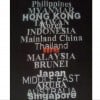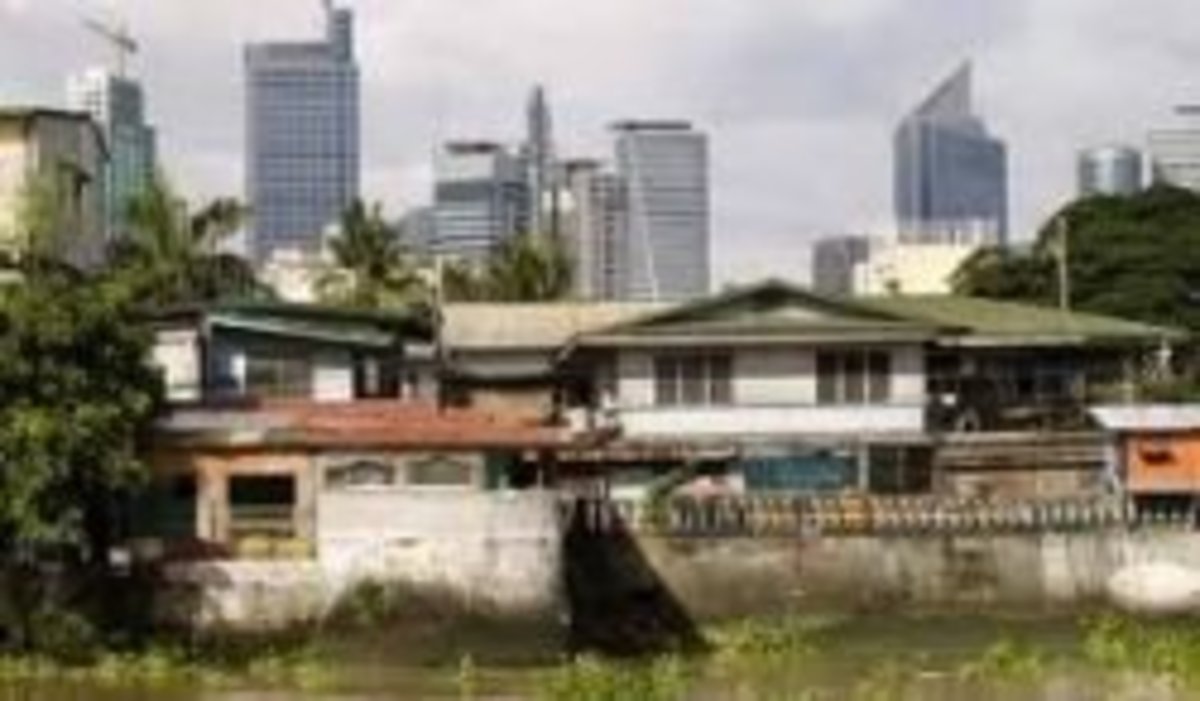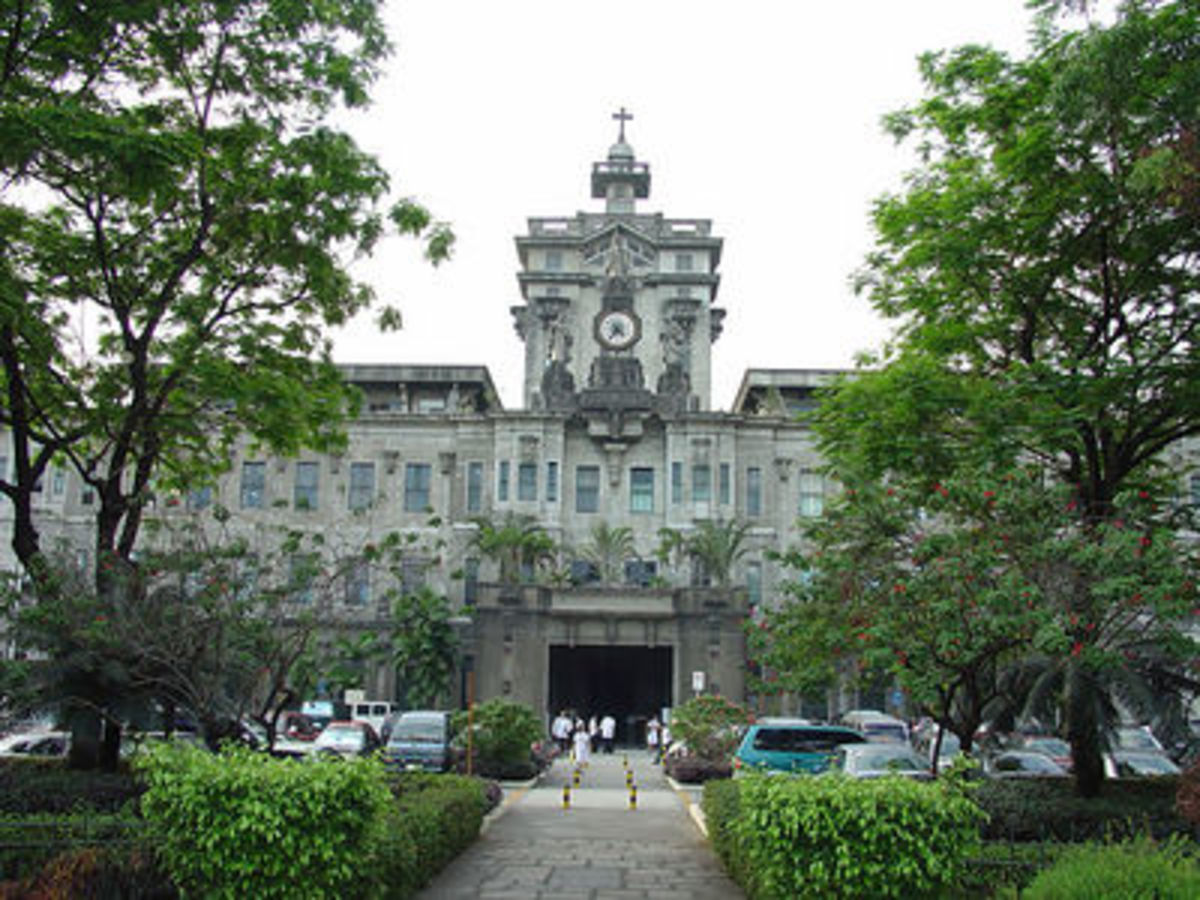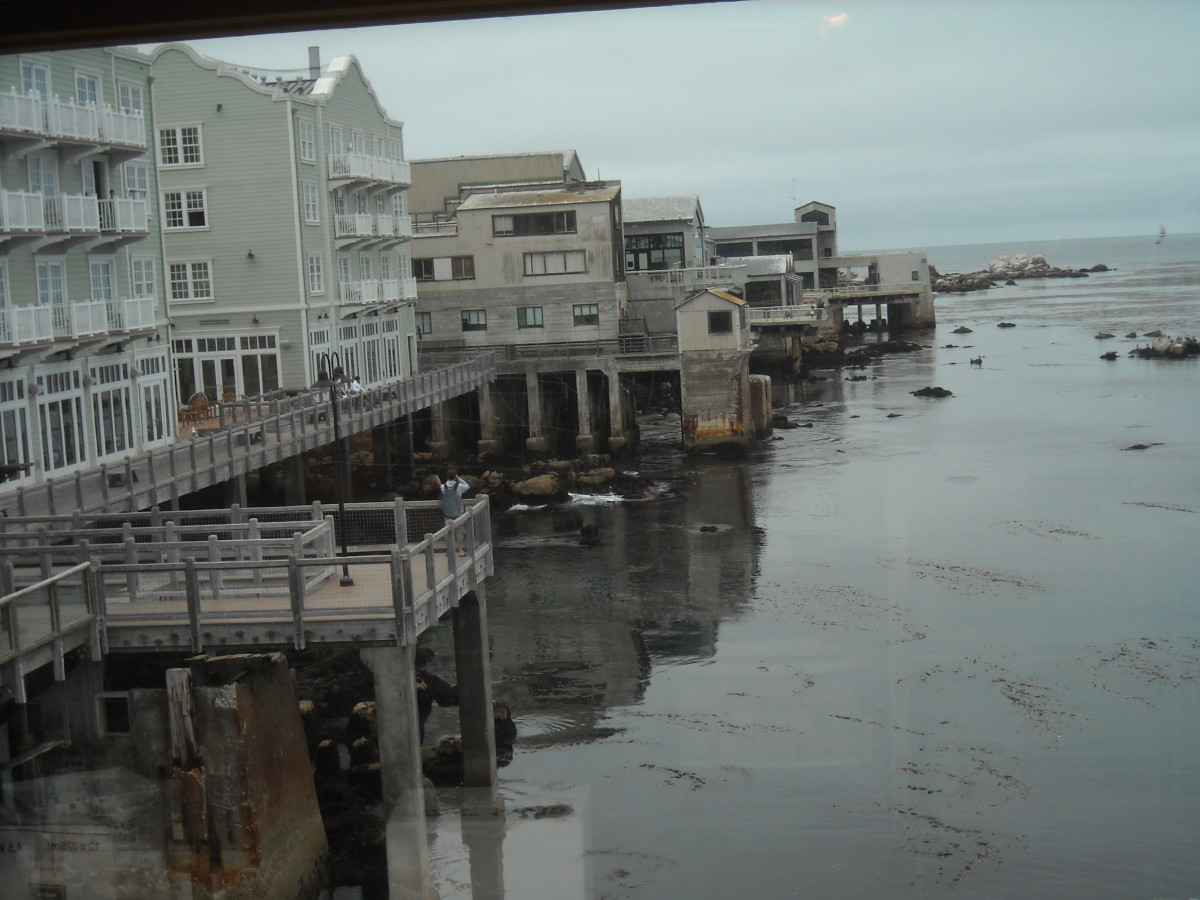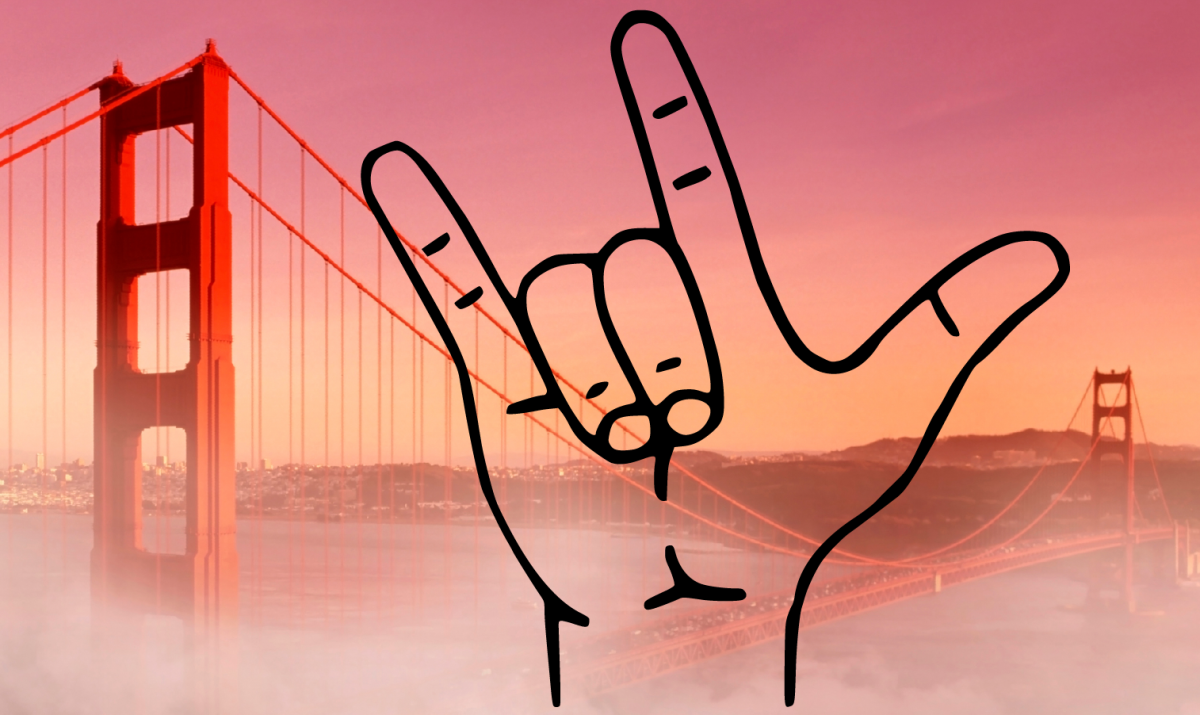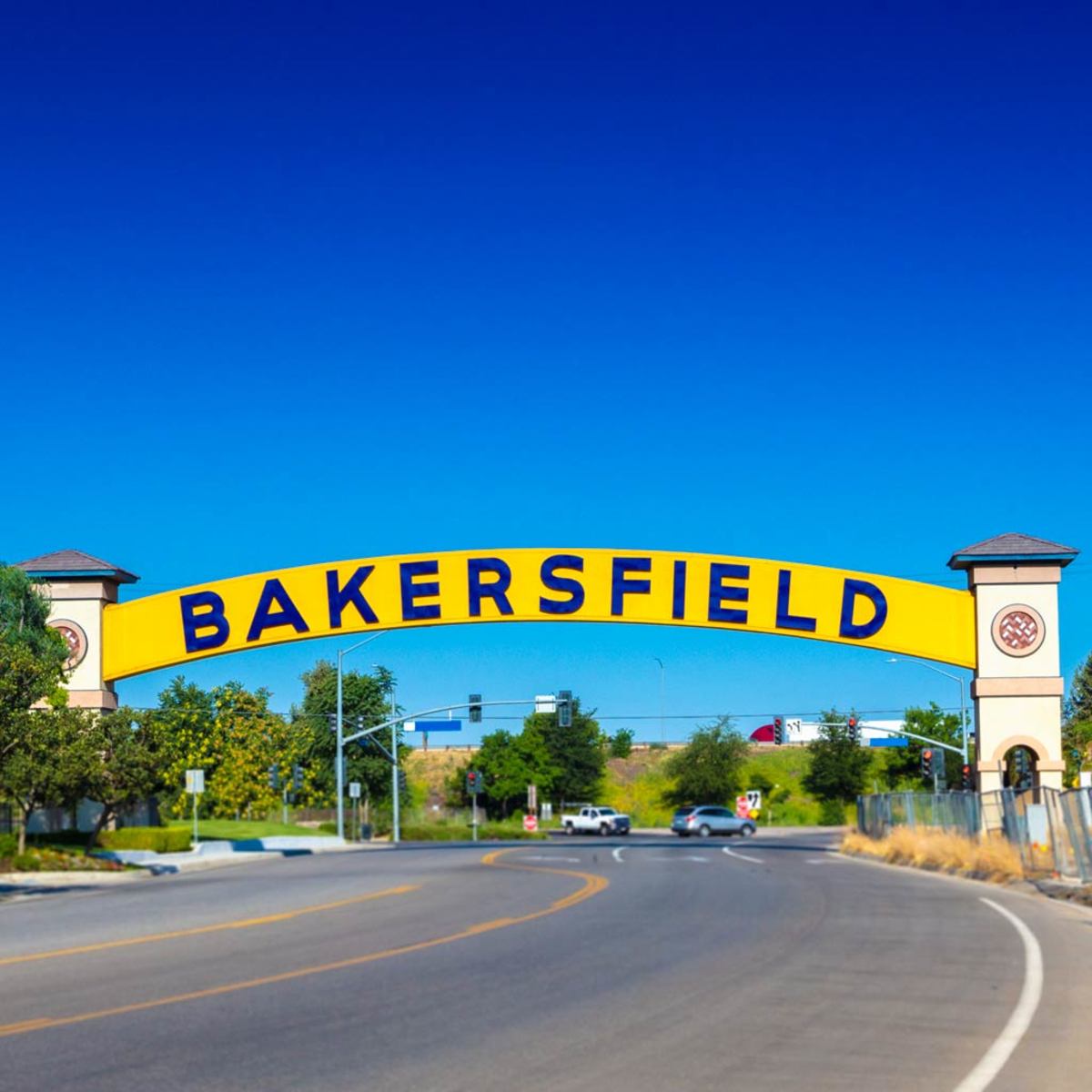- HubPages»
- Travel and Places»
- Visiting North America»
- United States»
- California
Manila to LA (Los Angeles)

ManiLA
This will be the first of a series in which I will be share my musings regarding my move from Manila to LA.
Now, I know every one of us has a story to tell, of course some have more stories than others.
I for one, have lots of stories swirling inside my mind at any given time.
Sometimes my fingers can type almost as fast as my thoughts can convey them.
Other times I articulate them using whatever language is needed to get them across, verbally and/or any other way.
But for the most part, these thoughts and ideas are mostly still in there seemingly trapped within a world of its own – safely inside my mind.
Moving (Up) From Manila (Down) to LA
One of those stories, this one which I am about to share with you is that of me being born, growing up, studying, working and doing business in Metro Manila and me today suddenly but not really unexpectedly relocating to Los Angeles County.
For most, Los Angeles or LA needs no introductions.
But for those of you who have not heard of Metropolitan Manila, this is the term used to describe 16 cities that make up the political, economic, social, cultural and educational center of the 7,100 islands that make up the Philippine Archipelago. And yes, Manila or the City of Manila is just one of those 16 cities.
But Manila is just not any city, to many Filipinos, it is The City.
It is not only the most populous city in the Philippines, okay the second most populous, because neighboring Quezon City which covers a big land area that makes up Metro Manila, owns that title. Caloocan City is the third most populous.
People, People Everywhere
But as it is, Manila is the most densely populated city in the Philippines.
In fact ten of the sixteen cities that make up Metropolitan Manila are easily within the top 50 most populous cities (by density) in the whole world. Yes, making Metro Manila a really, really heavily populated and of course polluted area.
To give you a better idea, Metro Manila easily has over 11 million, today maybe over 12 million people living within a total land area that is merely 246 square miles. To compare, that’s less than the size of American cities such as Austin and El Paso in Texas and Charlotte in North Carolina, the population of these cities are probably less or liberally just a little over one million.
But because Metro Manila is not really technically a city but a mega city made up of 16 smaller cities, it is not really readily being compared to such huge and heavily populated single cities around the world such as Shanghai and Beijing in China, Mumbai and Delhi in India, Tokyo and Osaka in Japan, Seoul in South Korea, or New York, Los Angeles and Chicago in the U.S.A.
To give you a mental picture, the City of Los Angeles (the second most populous city in the United States and the most populous city in Western United States) is almost double the size of Metro Manila. Yet, its population is only hovering around the four million mark (could be less) or a mere one-third of the people living in Metro Manila.
Now if you want to compare Metro Manila to Los Angeles County (the County the City of Los Angeles belong to), LA County’s population is still below 11 million.
And that is still less than Metro Manila’s total but think about it, LA County’s land area is about 2,000 square miles which is about the size of 10 Metro Manilas.
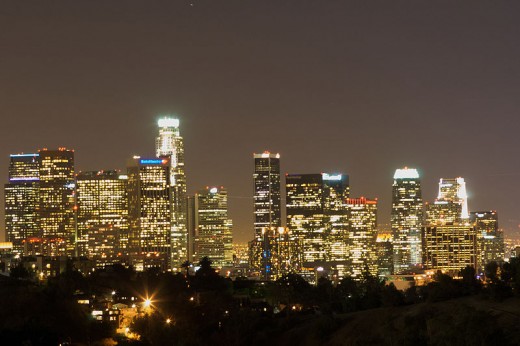
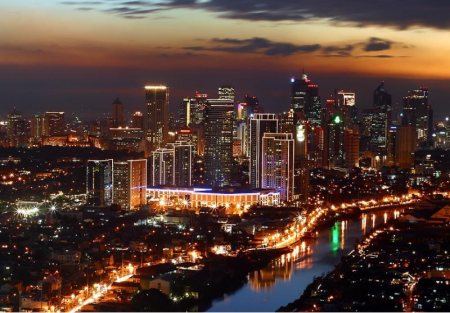
Small City
Now the City of Manila is a mere 15 square miles and it has a population of about 2 million. Now in terms of the number of people crammed within its city limits, Manila is almost second to none.
And at about 112,000 people living within a square mile as compared to LA County’s population density of about 4,000 per square mile, you can plainly see now how Manila is among the most densely populated large cities in the whole planet.
So if you think you abhor the morning commute in Downtown LA, then you probably wouldn’t want to be on the road for the daily traffic grind in the major thoroughfares of Metro Manila. (And that’s with the odd-even traffic scheme that is being implemented there, meaning on certain days or times only vehicles ending with an odd number can be on the road and on other days/times only those ending in an even number are allowed. Now let’s see somebody try to implement that in Downtown LA or in any major City in California and be reelected back into office).
Now I was in Manila for only a month, a year ago and it was bittersweet, I was gone over seven years. For the most part I liked it but it’s hard to see myself coming back for good. Yes, even if I really wanted to for the longest time and still do.
And that in much the same as how the other Filipinos who have migrated all over the world have known first hand, they merely become “balikbayans” to the land of their birth.
Legally a “balikbayan” is a returning:
- Filipino citizen who has been continuously out of the Philippines for a period of at least one (1) year from the date of last departure;
- Filipino Overseas Worker; or
- a former Filipino citizen with a foreign passport and members of his/her family. The term “family” shall mean the spouse and the children of the balikbayan (who are not balikbayan in their own right) who are travelling to the Philippines with the balikbayan.
And yes, as a “balikbayan” [literally “come back home” or “come back in town”, in Tagalog] one has certain privileges not granted other travelers to the Philippines.
I know that every single day, thousands of Filipinos fly out and back in as well as ship out and into the Philippines, either to live or to work abroad or to come back for a vacation or for good.
At any given time over 10% to even close to 15% of Filipinos are out of the Philippines mostly to temporarily work abroad and I feel these are conservation estimates.
Filipino Overseas Workers send back 1.5 to 2 billion US dollars to the Philippines every single month to support their families. And these figures have constantly risen since as far back as they started monitoring these figures. And these are just those who passed through the proper channels.
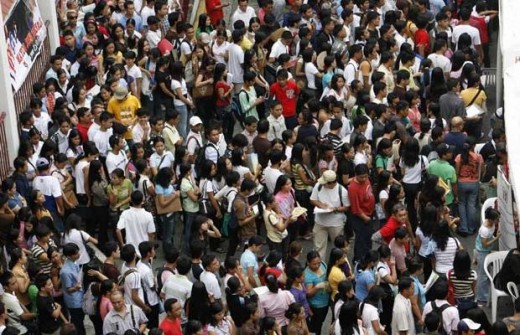
The So-called Filipino Diaspora
Now with at least 11 million Overseas Filipino Workers at any given time, we can truly label this continuing event as the Filipino Diaspora. Imagine the Original Jewish Diaspora numbers are already dwarfed by this number, and the Filipino numbers are still growing, there is no foreseeable slowdown and it has no end in sight.
This event shouldn’t be called the Filipino Diaspora any longer as it shouldn’t have been in the first place. But because of a lack of a better or apt term or precedence, we are stuck with this “imitation” label.
Well most Filipinos shouldn’t have any problem with that as Filipinos have been notorious for being “gaya-gaya”, great imitators. Although I am not saying that other people the world over aren’t doing the same things (more on this on the second part of this series).
Although now I have seen a surge in what we should also call the South Korean Diaspora (estimated at 8 million), the much earlier Chinese Diaspora, the Indian Diaspora (most probably close to 20 million), of course the Mexican Diaspora (which the numbers of people born in the US of Mexican descent now probably equal to 10% of the population of Mexico) and the now touchy Islamic Diaspora.
Now I am guessing the over 11 million Filipinos have also factored in the number of Filipinos who permanently migrate out of the country, not just primarily to work (although most of them legally do work in the places where they moved to as they are mostly educated and/or mastered a skill or a trade). And these are those who permanently migrate to join their family members and their spouses who have petitioned for them.
I am guessing we can add the Filipino Exiles and those who for one reason or another needed to get out of the Philippines, quick and out of sight for a considerable amount of time if not for good.
On the flip side we shouldn’t discount the significant number of foreigners who migrate to the Philippines either to work, to study, to settle down, do business, research or retire there. And they come from all over and not just the Americans, the Europeans, the Aussies, Africans, the Malaysians, the Chinese, the Indians, the Japanese, the Koreans and all kinds of refugees and exiles from all over the world.
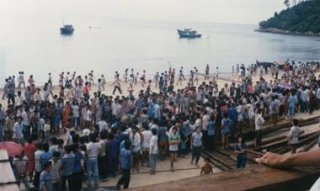
ESL
I remember back in the 1980s, there was a Refugee Camp in Bataan (a place all too familiar to US WWII Pacific Vets and their families). This place was huge and it was a like a small city where Filipinos taught, trained and prepared refugees fleeing countries such as Vietnam, Laos and Cambodia into their integration into the American or other Western Societies where they will eventually end up living in.
Today, there would be lots of people in the United States from those nations who still have fond memories of their “training” time (ESL, skills, social studies among others) in the Philippines. Too bad most of those who trained them weren’t afforded the same privileges to even at least visit the United States even on a Tourist Visa. (Yes contrary to what most people would think, most Filipinos are denied visas to the U.S. but thousands still try their luck day in and day out).
Manila Was and Still Is a Melting Pot
Now since the 70s and living in Metro Manila, I remember that just within our closest neighbors, we had students from Nigeria and some other African and Asian countries, a family from Indonesia and Malaysia, a few Indians riding motorcycles, an American and another Caucasian (not sure where he came from) and a sprinkling of Japanese and Chinese Nationals.
Fast forward to the 90s when I was last permanently based there, in many cities you would be hard pressed not to meet a Korean (doing business, going to school or studying ESL among others), a Chinese National (goes without saying), other Asians going to study in the more prestigious Metro Manila Universities and an American or British Expat at least once a day.
Circle of Life
I guess, its part of the circle of life, I was born and grew up at the East side of the Pacific Ocean, now I live at the opposite side (the West side) of the Pacific.
Now, as I have lived, seen and worked with many other peoples from all over the world in Manila, today I do the same over here in Los Angeles.
Currently, I have friends from India, Korea, Japan, China, Australia, Germany, Italy, Ireland, England, Eastern European Cultures, Iran, Vietnam, American Samoa, parts of Africa, as well as of course from all over North, Central and Southern America.
Indeed moving from Manila to LA, I can’t say if I was moving up or moving down or just going in circles or a full circle, over and over and over again.
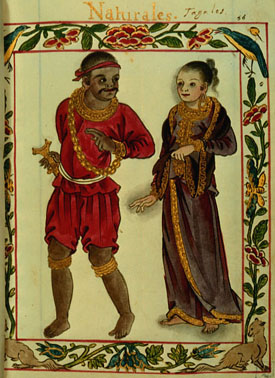
Manila Trivia Vis-à-vis LA Trivia
Old Manila:
Manila was first known as “Ginto” (Land of Gold) or Suvarnadvipa by its neighboring provinces, and was officially the Kingdom of Maynila.
The Kingdom of Maynila flourished during the latter half of the Ming Dynasty as a result of trade relations with China. Ancient Tondo has always been the traditional capital.
Its rulers were equivalents to Kings and they were addressed as “Panginoon” (Lords), “Anak Banwa” (Son of Heaven) or “Lakandula” (Lord of the Palace/Empire).
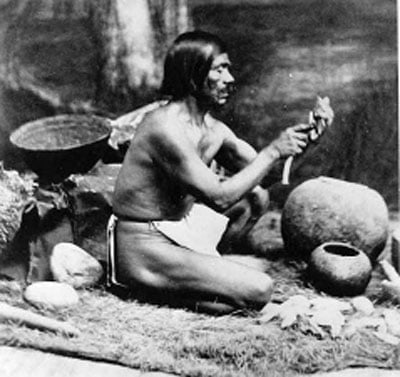
Old Los Angeles:
The Los Angeles (coastal) area was first settled by the Tongva (or Gabrieleños) and Chumash Native American tribes a long, long ago.
The first Europeans arrived in 1542 in an expedition organized by the viceroy of New Spain and commanded by Juan Rodríguez Cabrillo, a Portuguese-born explorer who claimed the area of southern California for the Spanish Empire.
The next contact would not come until 227 years later, when Gaspar de Portolà, along with Franciscan missionary Juan Crespí, reached the present site of Los Angeles in 1769. In 1771, Franciscan friar Junípero Serra built the Mission San Gabriel Arcangel near Whittier Narrows, in what is now called San Gabriel Valley
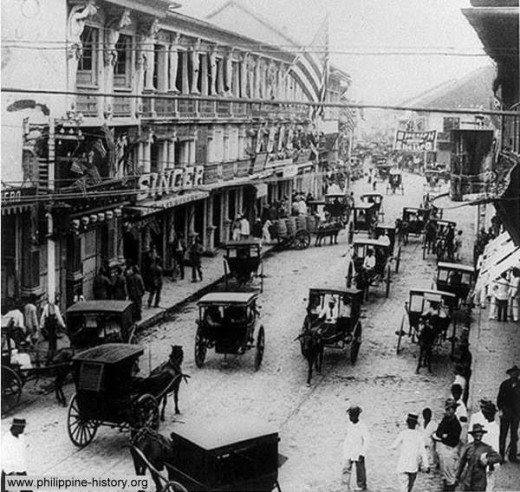
Manila History Brief:
Manila got its name from Maynilad or May nilad (Tagalog for "there is nilad" a flowering mangrove plant that grew on the marshy shores of the Manila bay).
In the 16th century, Manila (then Maynilad) grew from a Muslim settlement on the banks of the Pasig River into the seat of the colonial government of Spain when it controlled the Philippine Islands for over three centuries from 1565 to 1898.
Beginning in 1899, the United States occupied and controlled the city and the Philippine archipelago until 1946. During World War II, much of the city was destroyed. The Metropolitan Manila region was enacted as an independent entity in 1975.
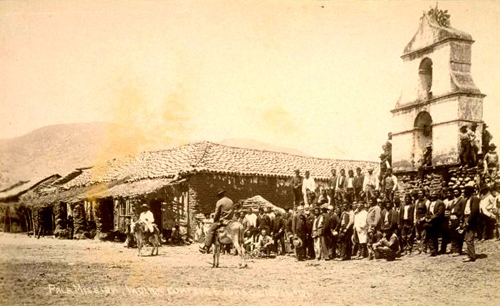
Los Angeles History Brief:
Los Angeles (LA, City of Angels) was founded on 1781, by Spanish governor Felipe de Neve as El Pueblo de Nuestra Señora la Reina de los Ángeles del Río de Porciúncula (The Village of Our Lady, the Queen of the Angels of the river of Porziuncola).
It became a part of Mexico in 1821, following its independence from Spain. In 1848, at the end of the Mexican-American War, Los Angeles and the rest of California were purchased as part of the Treaty of Guadalupe Hidalgo, becoming part of the United States. LA was incorporated as a municipality in 1850, a few months before California achieved statehood.
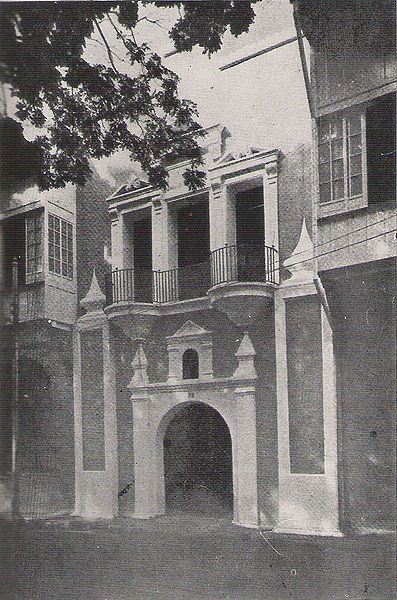
Manila Universities:
The University Of Santo Tomas (UST) is the oldest existing University in Asia, having been first established in 1611. It is the largest Catholic University in the world in a single campus.
The Ateneo de Manila University (ADMU, Ateneo de Manila, Ateneo) is a private university run by the Society of Jesus which began in 1859. Ateneo can trace its roots back to when the First Spanish Jesuits founded the Colegio de Manila in Intramuros in 1590, then they established the Colegio de San José, in 1601, the precursor of the present San Jose Seminary.
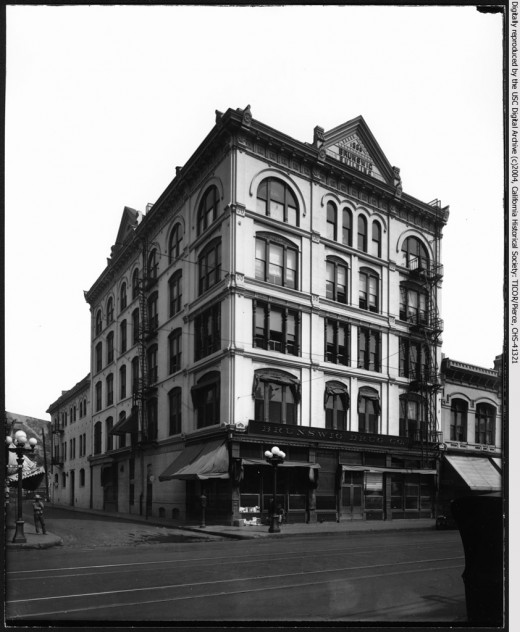
LA Universities:
The University of Southern California (USC, SC) is a private, nonsectarian, research university located in Los Angeles, founded in 1880 and is California's oldest private research university.
The University of California, Los Angeles (UCLA) was founded in 1919.
Related Articles:
- When East Meets West And Vice versa
I was born and raised in the Southeastern part of ASIA, in Manila particularly. And for those of you who went to your world geography classes in school and was awake for most of it, you would know that it is... - The Filipino Mystery?
You see, roughly about FIFTY YEARS ago, hardly anybody in the West had heard of the PHILIPPINES or of FILIPINOS. Well okay, maybe World War Two Vets who fought in the Pacific and their immediate families did....
ManiLA the Series
- Manila to LA
This will be the first of a series in which I will be share my musings regarding my move from Manila to LA. Now, I know every one of us has a story to tell, of course some have more stories than others. I... - I Keep Coming Back To ManiLA
Previously in the first of this Series, I had mentioned that I grew up in Manila (East of the Pacific Ocean) and I went to LA (West of the Pacific Ocean) and this has been my home to close to ten years now.... - Manila: Little Known Facts (Manila Trivialities)
This will be the third in this continuing ManiLA Series. Manila Trivia Most people are more familiar with Manila (the capital city) than the country itself, which is the Philippines. Well hopefully they... - Los Angeles: Little Known Facts (LA Trivialities)
This is the fourth in this ongoing and hopefully entertaining (ha) series that we call ManiLA (or moving from Manila to LA). In the preceding article we found out a few non-sensical facts about Manila, my...
